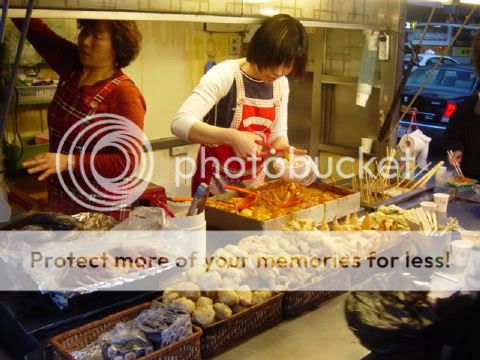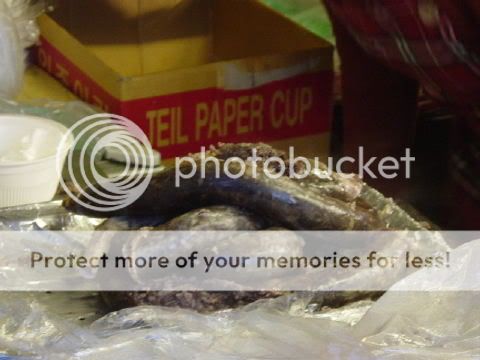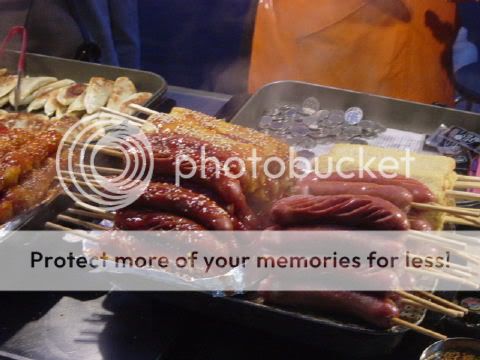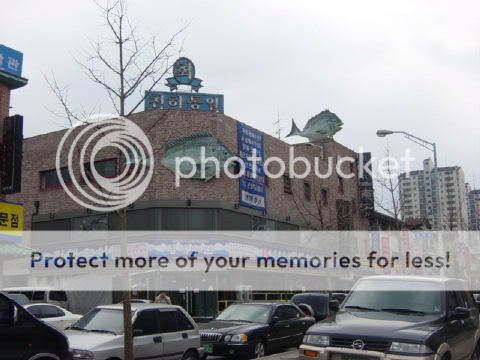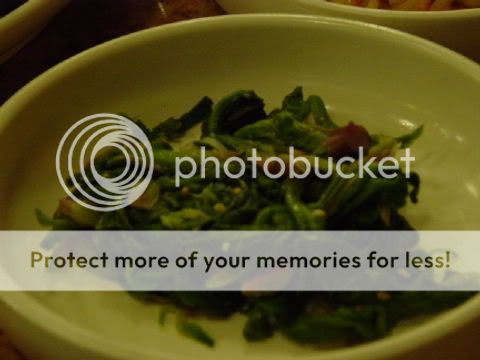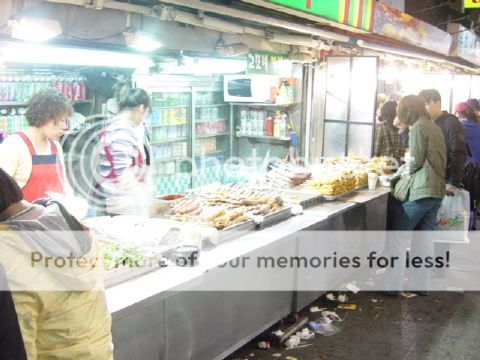
Hmmm .... skewers galore. You have the fried chicken fillets, sausage wrapped in bacon (for the cholesterol-deficient), dakkochi (chicken kebab) and hot-bar (fish paste sausage).
To the right of this platter of redness are (from top) twigims, goon mandoo and soondae (covered in plastic wraps to retain moist).
To the left is more teokbogki. They're just everywhere these rice flour rolls.
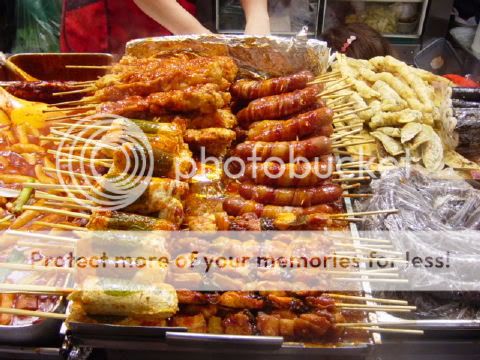
Close-up of the flour-battered deep fried chicken fillet, smothered in sweet and spicy sauce. KRW2,000.


Corn anyway you like it - steamed (right) or grilled (left). I find the corn here somewhat dry and chewy. I presume this is typical of corn grown in Korea? Personally, I prefer the soft Japanese sweet corn variety.

Anyone knows what those tiny green balls in the canisters are?
Here we have bungeo pang (carp cake), or sometimes called fish cookie or fish bread, so named because of its shape. However, no fish was killed in the making of a bungeo pang.
Cake batter is poured into the fish-shaped steel mould, then a spoonful of red beans sweet filling is dropped in the center. Cover the lid and a few minutes later, presto!

Eat it while it's hot. Crispy on the outside, hot red bean sweet filling on the inside. It's texture reminds me of McDonald's apple pie, except better. Ha!

Here's a mobile stall in a secluded dimly-lit area. The cart disappears after close of business.

Joel's comment yesterday prompted me to go get myself some hoteok (호떡).
To make this, a spoonful of the brown sugar filling is added into the center of a round piece of dough. It is then pressed into a flat round pancake and fried like burger patties on a heavily oiled pan griddle.

These are the hoteoks in better light. KRW500 a piece.

These sweet pancakes are filled with brown sugar, cinnamon powder, black sesame seed and chopped nuts (sometimes apple). All that frying melts the brown sugar into dripping caramel which is just sinfully delicious.

That concludes our final instalment of our 3 part mini-series on street food. I hope you enjoyed it.

